Plant fermented extract is produced by using the enzyme activity of microorganisms to ferment and mature various kinds of plant raw materials such as vegetables, soybeans, seaweed, and brown rice for a long period of time. Plant fermented extract is created by maximizing the power of nature in an environment that takes temperature and humidity into consideration, and it smooths the function of enzymes in the body and supports health maintenance.
~Blend of 5 types of enzymes~
■Enzymes made by freeze-drying plant fermented extracts made from vegetables, fruits, and wild plants while retaining their activity.
■"Brazilian enzymes" are made from more than 80 kinds of plants grown in the soil of Brazil and fermented in three stages.
■Enzymes slowly fermented and matured from wild-collected raw materials, home-grown and organically grown raw materials, fruits, mushrooms, vegetables, root vegetables, seaweed, yeast, lactic acid bacteria, etc.
■Enzymes naturally fermented over a long period of time from more than 60 kinds of vegetables and fruits.
■ Enzymes made from over 100 kinds of vegetables, fruits, wild plants, grains, and seaweed, fermented and aged using sake brewing techniques, using Okinawan brown sugar and "brewery yeast" that lives in sake breweries.
~Three more ingredients added! ~
■Hydrogen
Hydrogen reduces this "active oxygen" and turns it into harmless water, and boasts a strong reducing power among many beauty ingredients. It is also said to expel harmful substances and restore a disturbed rhythm of the body.
■Yeast
Yeast has the function of "fermentation," which breaks down carbohydrates into alcohol and carbon dioxide, while dividing and growing, and has been used since ancient times in the production of bread, miso, sake, beer, and other products. Yeast is attracting attention because it contains a lot of nutrients necessary for humans, such as protein, B vitamins, folic acid, and vitamin D.
■ Koji mold
We use a grain fermentation product made by blending nine carefully selected grains (white rice, barley, red rice, brown rice, millet, sorghum, black rice, hawkweed, and barnyard millet) in a unique blend and separately cultivating three types of koji mold with different properties (white koji mold, black koji mold, and yellow koji mold).
White koji mold: A koji mold that has enzymes that are resistant to acid and is used to make mild-flavored shochu and fruity sake like wine.
Black koji mold: A koji mold that has enzymes that are resistant to acid and is used to make awamori and shochu with a rich flavor.
Yellow koji mold: A koji mold that has neutral enzymes and is used to make miso, soy sauce, and sake with a rich flavor and gorgeous aroma.
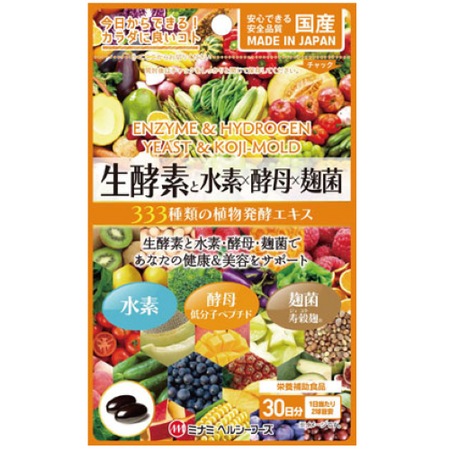
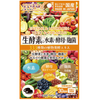




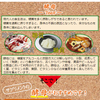


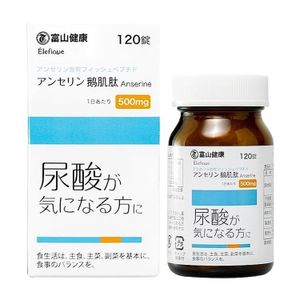
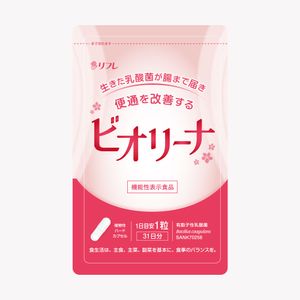
![[Set of 6] in Jelly Energy Frozen 150g](https://image.dokodemo.world/catalog-skus/9064886/498b794579ee9730fe474de60842f550.jpg?d=300x0)
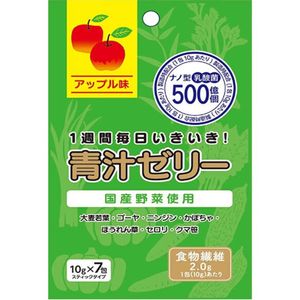
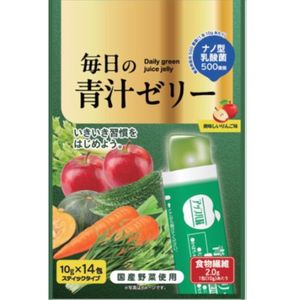
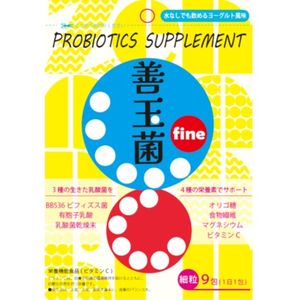
![[Set of 6] in Jelly Junior Energy Grape Flavor 180g](https://image.dokodemo.world/catalog-skus/9064835/ec3bb59bbbdc01f935c24b60f24b1927.jpg?d=300x0)
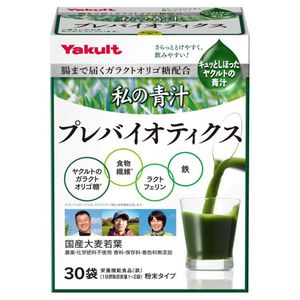
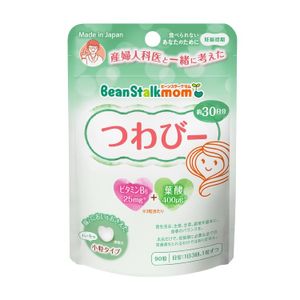
![[Set of 6] in Jelly Junior Energy Apple Flavor 180g](https://image.dokodemo.world/catalog-skus/9064834/9b15c1db9ac1c3fce0ed4f8e6864080a.jpg?d=300x0)
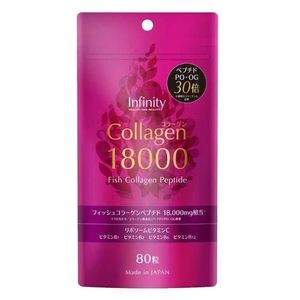
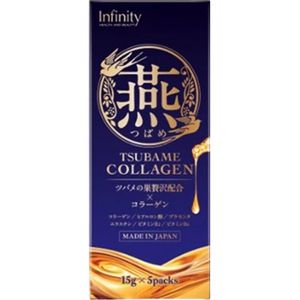
![[Set of 6] Q&P Kowa i CLEAR Charge Lemon Flavor 100ml](https://image.dokodemo.world/catalog-skus/9064824/b0d539080760ad3bee6f3dbd78786d9b.jpg?d=300x0)
![[Set of 6] IMMEDIATE ENERGY Jelly - Citric Acid + Lemon Flavor with a Sharp and Sour Taste, 180g](https://image.dokodemo.world/catalog-skus/9064807/dae95f682ead89a734747b6163a9e009.jpg?d=300x0)
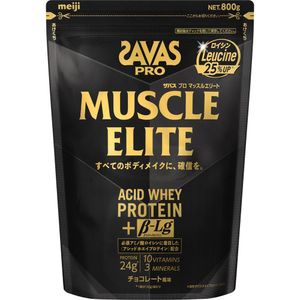
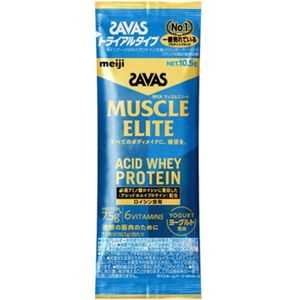
![[Set of 6] SAVAS Muscle Elite Yogurt Flavor Trial 10.5g](https://image.dokodemo.world/catalog-skus/9064803/93ef214b2653601c00e457fa655bbe0b.jpg?d=300x0)

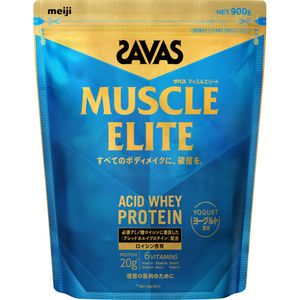
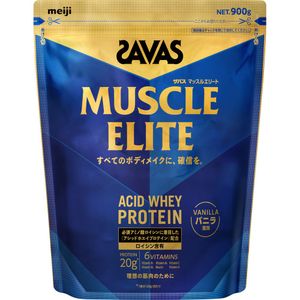
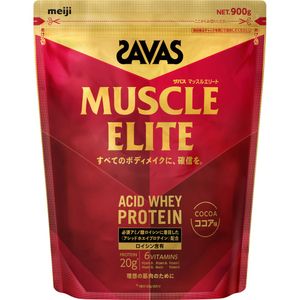

![[6 pieces] SAVAS Muscle Elite Vanilla Flavor Trial 10.5g](https://image.dokodemo.world/catalog-skus/9064799/2d28b380b07ca020a717ad9c8889c015.jpg?d=300x0)